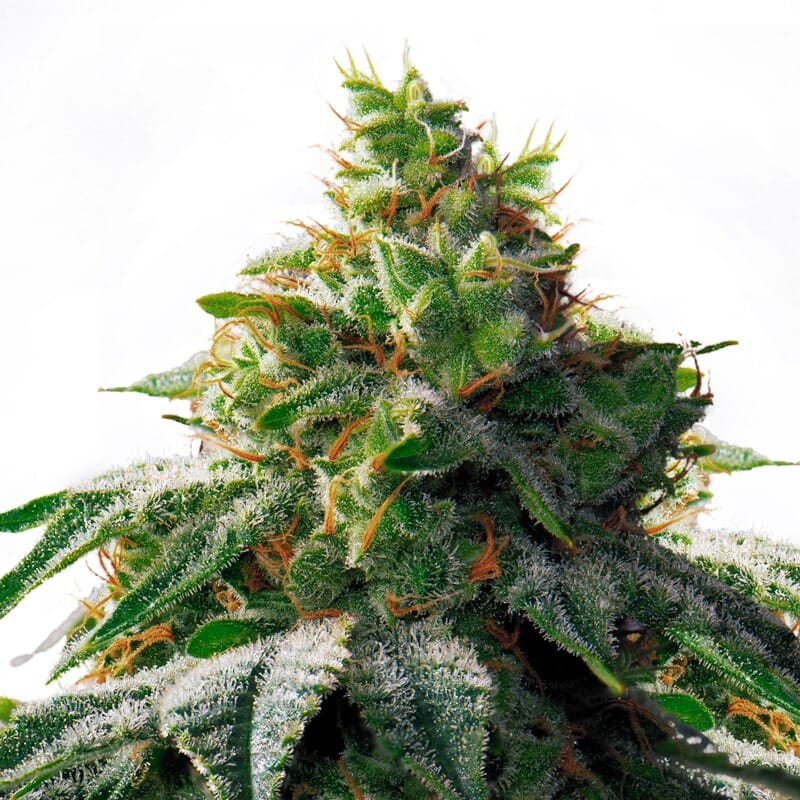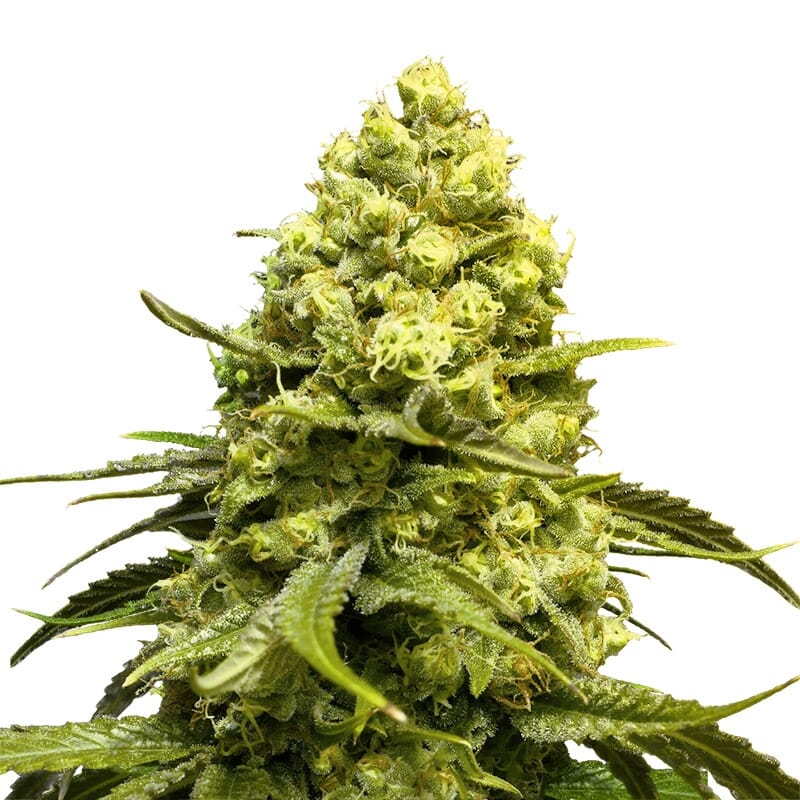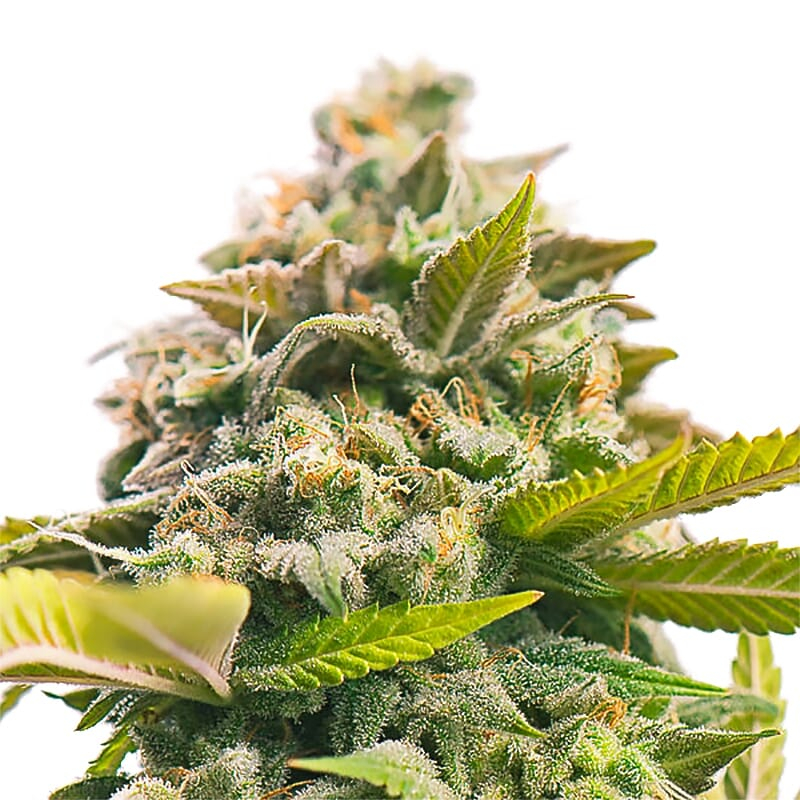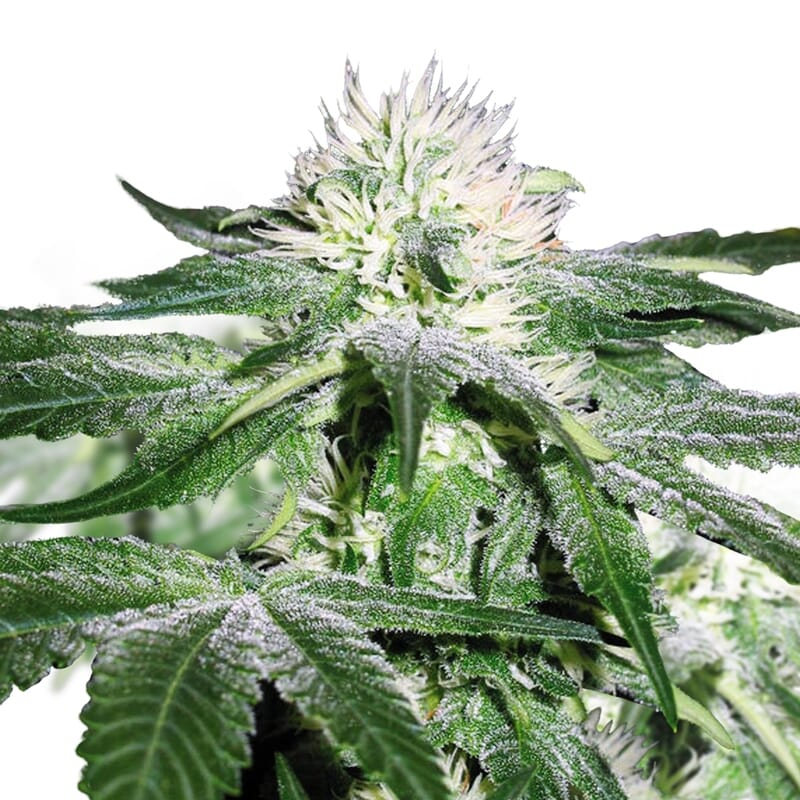Let’s Explore Some Ideas to Benefit these Weed Remnants
After trimming your weed and enjoying the beautiful nuggets, you may find yourself with a pile of leftover trim and stems. Instead of tossing them aside, there are creative ways to make use of these cannabis remnants. Let’s explore some ideas that will help you maximize the benefits of your leftover marijuana stems.
Green Dragon Cocktail: A Party Delight
One of the most entertaining ways to use cannabis stems is by making a Green Dragon cocktail infused with weed. This unique cocktail not only adds a touch of novelty to your gatherings but also allows you to experience the effects of cannabinoids in a different form. To start, collect a mason jar’s worth of marijuana stems. It’s important to note that the more stems you have, the better the cannabinoid profile of your cocktail will be. Once you have a full jar, add the strongest grain alcohol you can find, such as Everclear. The high alcohol content helps to extract the cannabinoids effectively. Fill the jar to the top with alcohol and seal it tightly. Place the jar in a cool, dark place for at least a week, shaking it daily. This soaking period allows the THC and other cannabinoids to dissolve into the alcohol, creating a potent infusion. After a week, strain the alcohol through a fine-mesh strainer or cheesecloth to remove the stems. The resulting green liquid is your Green Dragon infusion, ready to be mixed into cocktails.
Now you’re ready to mix some Green Dragon cocktails and impress your guests. The infusion can be used as a replacement for traditional spirits in a variety of cocktail recipes, such as margaritas, mojitos, or even a classic gin and tonic. You can also experiment with creating unique cannabis-infused cocktails by combining the Green Dragon infusion with complementary flavors like fruit juices, syrups, and herbs. Remember, the potency of the cocktail will depend on the amount of weed stems used and the duration of the infusion. Start with small quantities and adjust according to your desired effects. It’s important to consume responsibly and be mindful of the potency of the cocktails you serve to your guests.
By incorporating cannabis stems into your cocktail creations, you not only reduce waste but also get to explore a new dimension of marijuana consumption. The Green Dragon cocktail adds an element of excitement and curiosity to social gatherings while providing a unique way to enjoy the benefits of cannabinoids. So, gather those stems, start infusing, and get ready to raise a glass to creative weed concoctions!
Soothing Weed Tea: A Traditional Remedy
Weed tea, also known as weed tea or marijuana-infused tea, has a long history of use as a traditional remedy in cultures around the world. It offers a soothing and relaxing experience, making it an excellent option for those looking to unwind or find relief from various ailments. If you have leftover weed stems, why not transform them into a delightful cup of weed tea?
To prepare a potent and flavorful tea, gather approximately 5 grams of marijuana stems, which is roughly equivalent to a small mason jar’s worth. The stems contain cannabinoids that can be extracted when steeped in hot water with the help of fat. In a pot, bring two cups of water to a boil, and then add two tablespoons of butter or coconut oil. This step is crucial because cannabinoids are fat-soluble, meaning they need a source of fat for effective extraction.

Once you’ve added the fat to the boiling water, reduce the heat to a low simmer. Now, it’s time to introduce your collection of stems to the pot. Add the stems and cover the pot with a lid, allowing the mixture to simmer for about an hour. During this time, the cannabinoids will infuse into the water, creating a rich, brown liquid.
After simmering, you may notice that the water has reduced or become slightly concentrated. If necessary, you can add a bit more water to achieve your desired potency and flavor. At this point, add a cup of whole milk to the pot and turn up the heat to bring the mixture to a boil again. The addition of milk further enhances the extraction of cannabinoids, as they bind well with the fat content in milk.
Allow the mixture to boil for about 10 minutes while stirring occasionally. The heat helps to meld the flavors together and ensure thorough extraction. Once the boiling is complete, turn off the heat and allow the tea to cool for a few minutes. Then, strain the mixture through a fine-mesh strainer or cheesecloth to remove the stem fragments, leaving you with a smooth and aromatic weed tea.
To enhance the taste, you can add a little honey or sugar to your cup of weed tea. Sweeteners not only add a touch of sweetness but also help mask any herbal notes that may be present. Sip your freshly brewed tea slowly, allowing the cannabinoids to take effect and provide a calming experience.
Weed tea offers a versatile way to enjoy the benefits of cannabis without the need for inhalation. The cannabinoids present in the marijuana stems infuse into the hot water, creating a soothing beverage that can be consumed for relaxation, pain relief, or as an alternative to traditional tea. However, it’s important to remember that the potency of weed tea can vary depending on factors such as the quality and quantity of the stems used, as well as the brewing time. Start with a small serving and adjust accordingly based on your desired effects.
So, next time you find yourself with leftover marijuana stems, don’t let them go to waste. Instead, brew a comforting cup of weed tea and embark on a traditional cannabis-infused journey that has been enjoyed for centuries.
Homemade Hemp Wick: A Safer Alternative
When it comes to smoking weed, using lighters to ignite your pipes or bongs can expose you to potentially harmful substances like butane. Butane inhalation can irritate the delicate tissues inside the lungs, which is why finding a safer alternative is essential for many cannabis enthusiasts. Thankfully, you can create your own, hemp wick using leftover marijuana stems, providing a natural and safer option for lighting your weed.
To make your homemade hemp wick, you’ll need to gather several long stems and prepare them for use. Using a sharp blade or razor, strip the stems to create thin, long, stringy fibers. Another method involves splitting the stem in half and peeling off the outer fibers from the wood core. The goal is to obtain fibers that are thin enough to ignite easily but sturdy enough to sustain a flame.
Once you have the desired fibers, twist them tightly together to form a rope-like structure. To improve its durability and make it easier to handle, you can fold the rope over itself and twist it again. This double-twisted hemp wick will provide a more robust and reliable lighting option.
To enhance the functionality of your hemp wick, you can coat it with beeswax. Start by melting some beeswax in a bowl, and then dip the twisted fiber into the melted wax. Ensure that the entire length of the wick is coated with a thin layer of beeswax. After dipping, gently wipe off any excess wax, leaving behind a uniform and smooth surface.
To let the beeswax set, you can either lay the hemp wick on a flat surface or hang it to dry. Once dry, your homemade hemp wick is ready to use. Simply light one end of the wick with a match or a lighter, and it will burn slowly and evenly, providing a controlled flame for lighting your weed. The hemp wick allows you to keep the flame separate from the cannabis, reducing the risk of inhaling any harmful substances.
By using a homemade hemp wick, you can enjoy the benefits of a safer and more natural method of lighting your cannabis. The hemp fibers burn cleanly and do not produce harmful fumes or chemicals, ensuring a smoother and purer smoking experience. Plus, crafting your own, hemp wick from leftover marijuana stems adds an eco-friendly touch by reducing waste and utilizing every part of the plant.
Remember, always exercise caution and proper safety measures when using any lighting method with cannabis. Enjoy your weed sessions with peace of mind, knowing that you have chosen a safer alternative that prioritizes both your health and the environment.
Other Uses for Leftover Leaves and Stems
When it comes to leftover cannabis leaves and stems, there is a plethora of creative and practical ways to put them to good use. These biomass remnants may not be as potent as the buds themselves, but they still contain cannabinoids and other beneficial compounds that can be utilized in various ways. Let’s explore some additional methods for making the most out of your leftover leaves and stems.
One popular option is to create edibles using leftover weed material. Cannabis-infused edibles offer a discrete and enjoyable way to consume cannabinoids. You can utilize the leaves and stems to make cannabis infused butter or oil, which can then be used as a base for baking or cooking. The process involves decarboxylating the plant material by heating it in the oven to activate the cannabinoids and then infusing it into the butter or oil. Once infused, the cannabutter or oil can be used in a wide range of recipes, including brownies, cookies, sauces, and more. Just keep in mind that the potency of the edibles will vary depending on the quality and quantity of the leftover material used.
Another option is to create cannabis tinctures using leftover leaves and stems. Tinctures are concentrated liquid extracts that can be consumed orally or added to food and beverages. To make a tincture, you’ll need high-proof alcohol, such as vodka or grain alcohol, and a jar to store the mixture. Place the chopped leaves and stems in the jar and pour the alcohol over them, ensuring that the plant material is fully submerged. Seal the jar tightly and let it sit in a cool, dark place for several weeks, shaking it occasionally to facilitate the extraction process. Over time, the alcohol will extract the cannabinoids and other beneficial compounds from the plant material, resulting in a potent tincture. After the steeping period, strain the mixture to remove the plant material, and your tincture is ready for use. Tinctures offer a convenient and versatile way to consume cannabis, allowing for precise dosing and easy integration into your daily routine.
Additionally, you can use the leftover leaves and stems to create cannabis-infused topicals. Topicals are products such as lotions, balms, and salves that are applied directly to the skin for localized relief. By infusing a carrier oil, such as coconut or olive oil, with the leaves and stems, you can create a base for your homemade topicals. Heat the oil and add the plant material, allowing it to simmer on low heat for a few hours. This process allows the cannabinoids to infuse into the oil. Once done, strain the mixture to remove the plant material, and you’ll be left with a weed-infused oil that can be used as a standalone topical or incorporated into DIY skincare products. Cannabis topicals can offer benefits such as pain relief, relaxation, and skin nourishment.
Furthermore, leftover leaves and stems can be used for composting or creating nutrient-rich soil amendments. Cannabis plant material is biodegradable and makes an excellent addition to compost piles. Chop the leaves and stems into smaller pieces to speed up the decomposition process and add them to your compost bin. Over time, the organic matter will break down, enriching the compost with nutrients. This nutrient-rich compost can then be used to fertilize your garden or potted plants, promoting healthy growth and vitality.
Another option for utilizing leftover leaves and stems is to create mulch. Mulching involves spreading a layer of organic material around the base of plants to retain moisture, suppress weed growth, and improve soil health. By shredding the leaves and stems, you can create a natural mulch that not only serves these purposes but also adds nutrients to the soil as it decomposes. Apply the mulch around your garden beds or potted plants, ensuring it is a few inches thick. As it breaks down over time, it will release nutrients into the soil, creating a fertile environment for your plants to thrive.
Lastly, you can explore creative crafts and art projects using weed leaves and stems. Dried leaves can be used in pressed flower arrangements, bookmarks, or even incorporated into resin jewelry. Stems can be repurposed for various DIY projects, such as creating decorative wreaths or as plant stakes in your garden. Get creative and let your imagination run wild with these cannabis-inspired crafts.
Conclusion
The possibilities for using leftover weed leaves and stems are vast. From creating edibles, tinctures, and topicals to composting, mulching, and engaging in creative crafts, you can maximize the benefits of every part of the plant. Remember to experiment responsibly, keeping in mind the potency and dosage when incorporating these leftovers into your creations. By finding new and innovative ways to use these remnants, you can reduce waste, extract additional value from your cannabis, and embark on a sustainable and fulfilling journey of exploration.




















